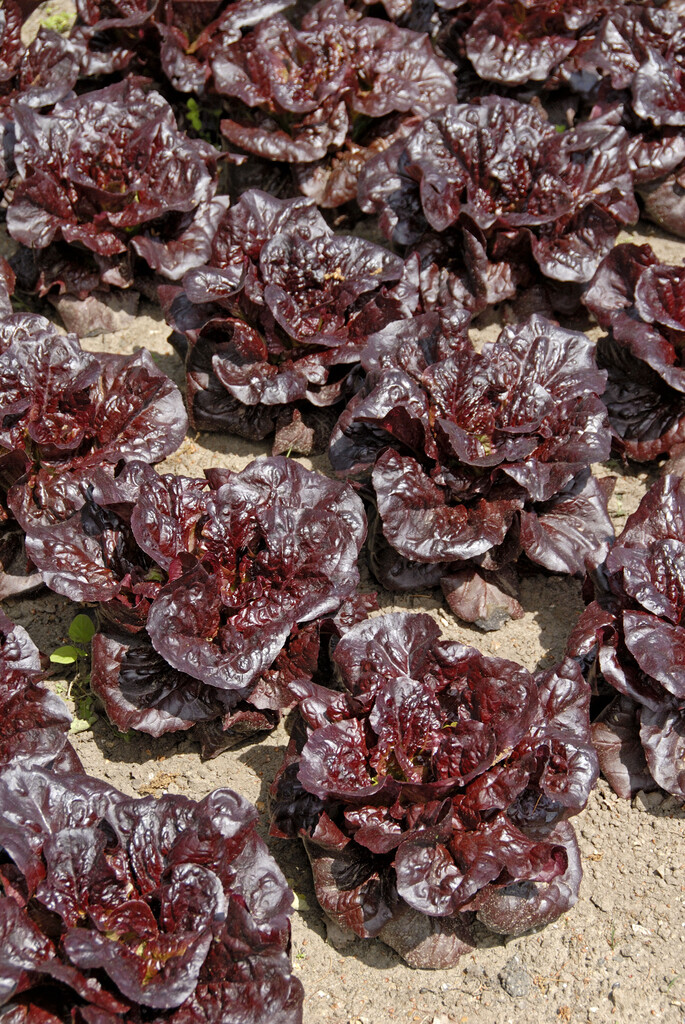Size
Ultimate height
0.1–0.5 metresTime to ultimate height
1 yearUltimate spread
0.1–0.5 metresGrowing conditions
Moisture
Moist but well–drainedpH
Acid, Alkaline, NeutralColour & scent
| Stem | Flower | Foliage | Fruit | |
| Spring | Green Red | |||
|---|---|---|---|---|
| Summer | Green Red | |||
| Autumn | Green Red | |||
| Winter |
Position
- Full sun
- Partial shade
Aspect
East–facing or South–facing
Exposure
Sheltered Hardiness
H3Botanical details
- Family
- Asteraceae
- Native to GB / Ireland
- No
- Foliage
- Deciduous
- Habit
- Clump forming
- Genus
Lactuca can be annuals, biennials, perennials or shrubs, with alternate leaves, milky white sap and daisy-like flowers in white, yellow or blue. The genus includes a wide range of wild plants, as well as species cultivated for their edible leaves (lettuce)
- Name status
Unresolved
How to grow
Cultivation
Grow in full sun or afternoon shade on moisture-retentive, ideally neutral soil. Water when the soil is dry, ideally early in the morning. Sow a short row every fortnight to ensure continuity of cropping. Use cloches or biodegradable horticultural fleece to protect early and late crops. See lettuce cultivation for more information
Propagation
Propagate by seed. See sowing vegetable seeds
Suggested planting locations and garden types
- Patio and container plants
- Cottage and informal garden
Pruning
No pruning required
Pests
Diseases
May be susceptible to grey moulds; some resistance to downy mildews
Get involved
The RHS is the UK’s gardening charity, helping people and plants to grow - nurturing a healthier, happier world, one person and one plant at a time.
